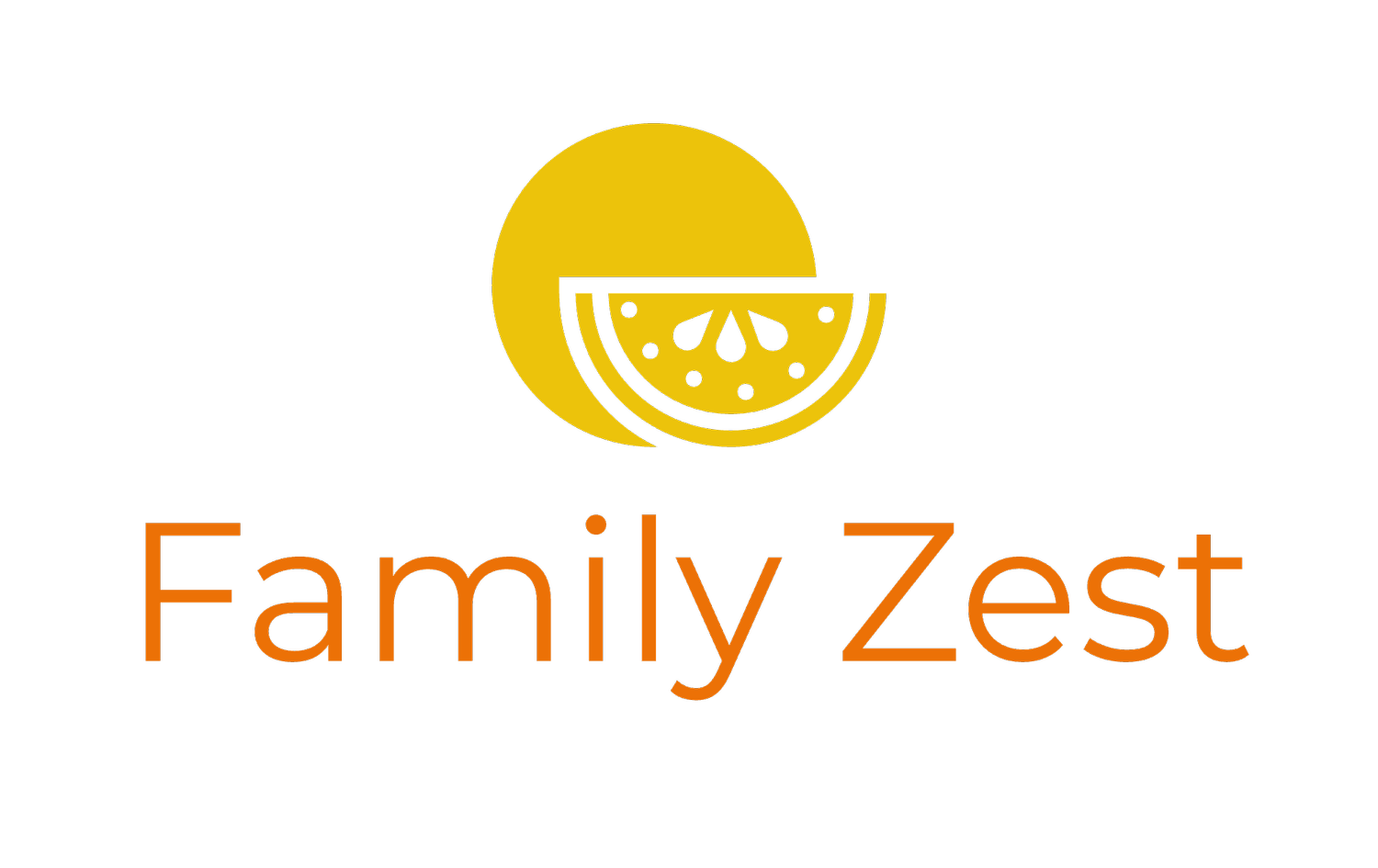Why Does Yelling Seem to Work?
I hear from parents all the time…”I don't like yelling. I hate it. But it’s the only thing that seems to work…”
It's hard to keep doing something that doesn't line up with your inner compass...but it's also hard to stop. I hear you.
And I want to help you listen to your gut on this one.
When it looks like yelling "works", what are you seeing?
The fighting stops?
They make eye contact?
Kids disperse and come back calmer?
Here's what modern neuroscience has to say about these reactions...and what comes with them.
Loud noise is a signal to which we instinctively respond.
When humans, and other mammals, get startled or scared, our attention cranks up to hyper-vigilance. We stop what we're doing and scan for information in our environment.
We go from Alert to Alarm to Terror in rapid sequence. This helps us mobilize and respond to the sense of fear that's been aroused.
Adults getting loud signals “danger”— especially for kids.
They may unconsciously pivot their head, shift their gaze, move closer or farther away to try to discern how dangerous the situation is. They need to see if our words + actions match, whether we're playing or serious, and predict our next move based on their previous experiences with a firm voice, top volume, and what's likely to happen next.
Our bodies show fear even before our brains can think about it.
Kids typically go into some version of a fight-flight-freeze response to yelling. Making eye contact, hiding, or running away are equally likely reactions to the perceived risk of disconnection (anger), isolation (time-out) or physical harm (spanking). These are defensive survival strategies in a moment of intensity.
We lose the capacity to listen when we're flooded with intense emotions.
Our brains literally tune-out the frequency of conversational speech. Scanning instead for two extremes: deep + loud tones of danger (heavy footsteps, growling tiger) -or- high-pitched sounds of distress (screaming sibling, stressed-out birds sounding alarm). These are not teachable moments; primal reactions are stronger than consequences.
We may be able to measure results—did the trash get taken out? Is homework done? Did they eat what's served?—But shouting works against building trust and clear communication.
When adults yell, we get children’s attention because we’re confirming their worst fears: We are potentially dangerous. Not because we’re mean. But because of what our intensity means to their autonomic nervous system.
This doesn't mean "stay calm at all costs;" it means connection outsmarts fear.
